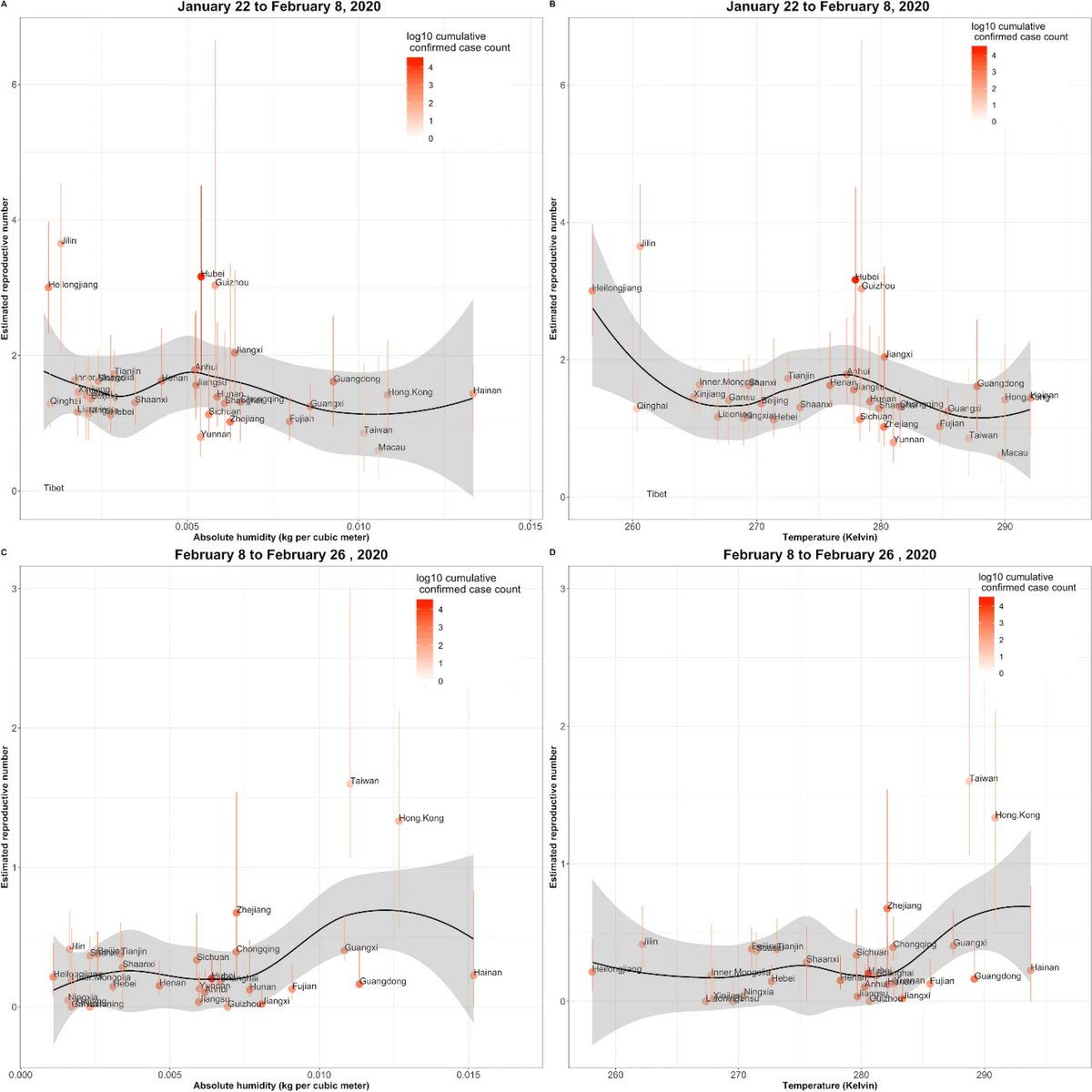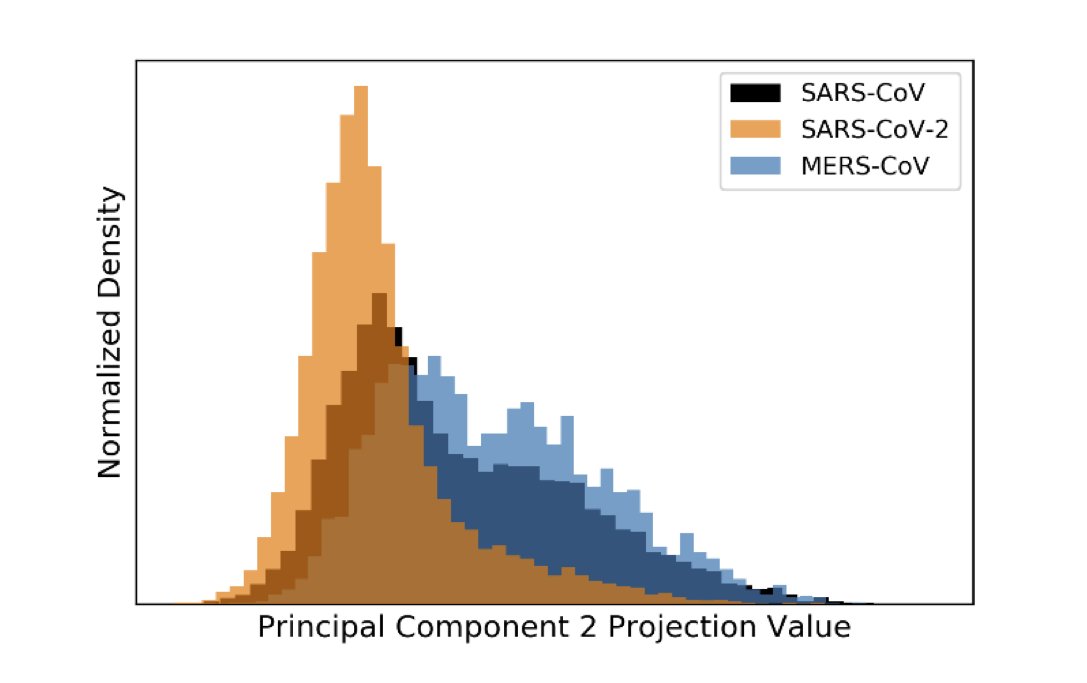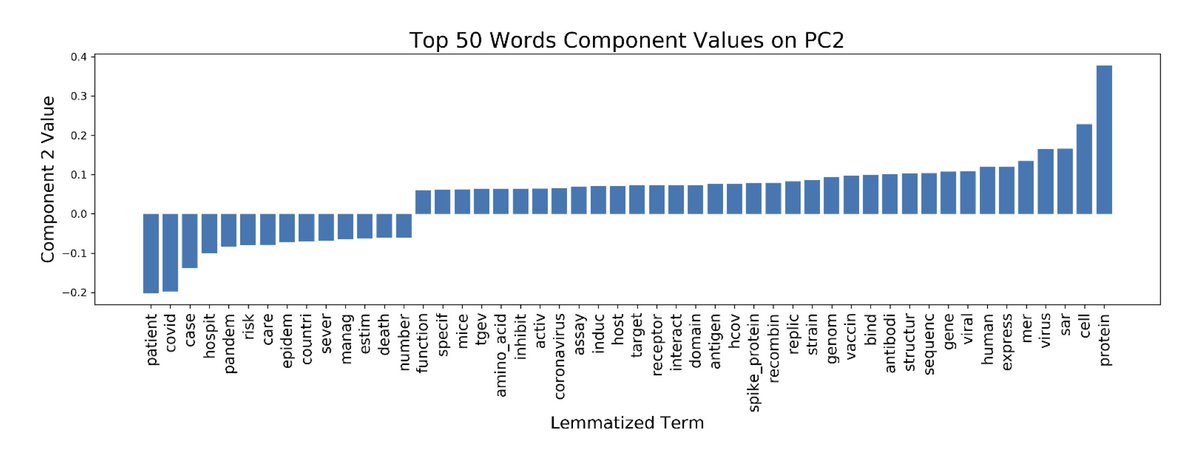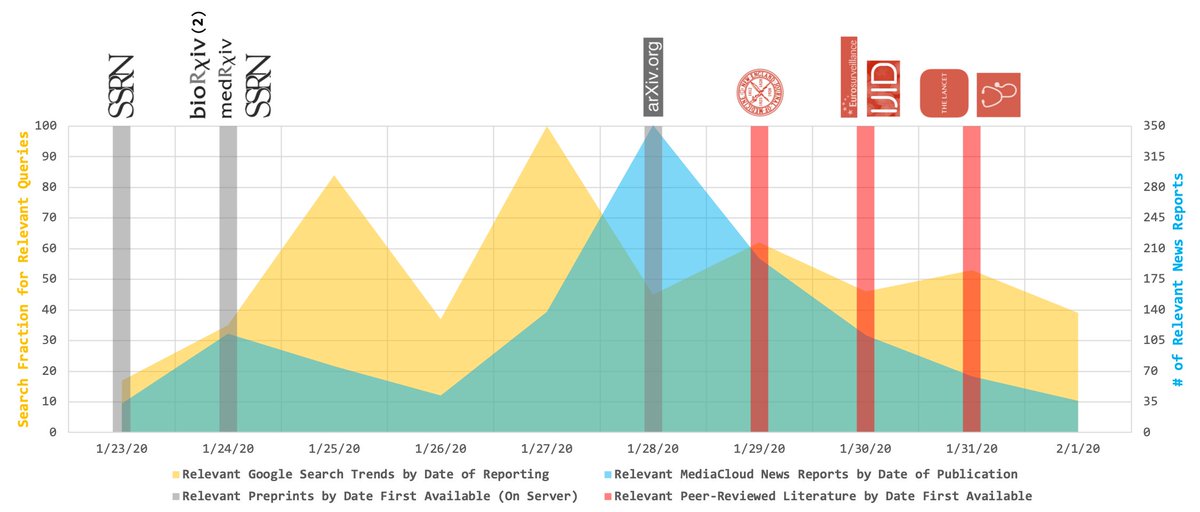
2020 has been a tough year for pandemic responders & scientists, but I am extraordinarily proud of my team.
Here’s a thread of quote-tweets that compiles some of our #COVID19-related work since January 2020.
Please join me in celebrating my amazing trainees & colleagues!
1/X
Here’s a thread of quote-tweets that compiles some of our #COVID19-related work since January 2020.
Please join me in celebrating my amazing trainees & colleagues!
1/X
On February 1 (solo-authored for @ISSUESinST):
4/X
https://twitter.com/maiamajumder/status/1223741791951818762?s=20
4/X
(+A more widely-read revisit on March 4:
5/X
https://twitter.com/maiamajumder/status/1235219601232887808?s=20)
5/X
(+This update on March 25, after publication in @LancetGH:
7/X
https://twitter.com/maiamajumder/status/1242601286438174727?s=20)
7/X
On March 30, with @brwilder, @MLCharpignon, @JacksonAKillian, @adityamate22, @PerraultAndrew, @angeldesaimd, @MilindTambe_AI, & others not active on Twitter:
8/X
https://twitter.com/maiamajumder/status/1244822813241942016?s=20
8/X
(+This update on September 24, after publication in @PNASNews:
9/X
https://twitter.com/maiamajumder/status/1309212441948160001?s=20)
9/X
On April 6, with @CristinaHerren, @tbrownwright, @ErinYiranLiu, & @NisrineElAmiri:
10/X
https://twitter.com/maiamajumder/status/1247332454060482562?s=20
10/X
On April 18, with @adityamate22, @JacksonAKillian, @MLCharpignon, @AnanyaAvasthi, & @MilindTambe_AI (accepted at @kdd_news 2020 Humanitarian Mapping Workshop):
11/X
https://twitter.com/maiamajumder/status/1251592595534471168?s=20
11/X
On April 21, with @devisridhar:
12/X
https://twitter.com/maiamajumder/status/1252618033752915969?s=20
12/X
On April 28, with @JacksonAKillian, @MLCharpignon, @brwilder, @PerraultAndrew, & @MilindTambe_AI (in collaboration with @OliviaMesser & @WillBredderman at @thedailybeast):
13/X
https://twitter.com/maiamajumder/status/1255186726202597377?s=20
13/X
(+This update on June 9, in a more academic format that was accepted at @kdd_news 2020 Humanitarian Mapping Workshop):
14/X
https://twitter.com/JacksonAKillian/status/1270395070781456384?s=20)
14/X
On June 13, with @AnhvinhDoanvo, @Money_qxl, @qramjee, @EvolvingEpitope, & @angeldesaimd:
15/X
https://twitter.com/maiamajumder/status/1271870978860122114?s=20
15/X
(+This update on September 17, after publication in @Patterns_CP:
16/X
https://twitter.com/maiamajumder/status/1306757994953220097?s=20)
16/X
On June 18 (solo-authored for @WIRED):
17/X
https://twitter.com/maiamajumder/status/1273617809290002433?s=20
17/X
On July 3, with @jessicamalaty, @shagunxgupta, @qramjee, @GhinwaHayek, @NisrineElAmiri, & @angeldesaimd:
18/X
https://twitter.com/maiamajumder/status/1279096838159810561?s=20
18/X
(+This update on September 29, after publication in @LancetDigitalH:
19/X
https://twitter.com/maiamajumder/status/1311006504514998272?s=20)
19/X
On July 21, with senior author Ingemar Cox and first author @lampos (which was recently accepted for publication):
20/X
https://twitter.com/lampos/status/1285524159221694464?s=20
20/X
On August 13, with @angeldesaimd & collaborators at @talkspace:
21/X
https://twitter.com/maiamajumder/status/1293979706191220736?s=20
21/X
On October 6, with @sherrirose for @Health_Affairs Blog:
22/X
https://twitter.com/sherrirose/status/1313527616100392960?s=20
22/X
On October 12, with senior author @MauSantillana and first author Canelle Poirier:
23/X
https://twitter.com/maiamajumder/status/1315799391492616193?s=20
23/X
On October 14, with senior author @mandl and first author @MaryalineC:
24/X
https://twitter.com/mandl/status/1316408422246514691?s=20
24/X
On November 9, with @angeldesaimd for @ISSUESinST:
25/X
https://twitter.com/maiamajumder/status/1325935786307555331?s=20
25/X
On November 27, with @angeldesaimd for @JAMA_current:
26/X
https://twitter.com/JAMA_current/status/1332519583161475072?s=20
26/X
On November 28, with @perraultandrew, @MLCharpignon, Jon Gruber (who isn’t active on Twitter), & @MilindTambe_AI:
27/X
https://twitter.com/maiamajumder/status/1332811640291651584?s=20
27/X
I’ve also been able to participate in some amazing non-#COVID19-related work this past year… But if I had to choose just one to plug (that’s still related to the pandemic in its own way), it would be this open access book for @SpringerNature:
28/X
https://twitter.com/maiamajumder/status/1275567539398103040?s=20
28/X
There’s so much more I want to share (& I’m sorry for anyone I’ve left out), but I need to run for now. In the meanwhile, I hope the above is a sufficient sample (though anyone responding to #COVID19 can attest the work is never done).
Stay safe this new year, everyone. 29/29
Stay safe this new year, everyone. 29/29
• • •
Missing some Tweet in this thread? You can try to
force a refresh






